Coffee as fertilizer
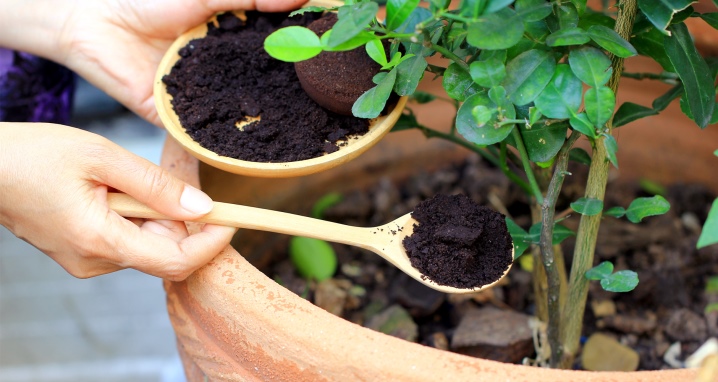
Representatives of the older generation have always argued that everything is suitable for the economy. And today, gardeners and gardeners use this golden rule when choosing a unique natural fertilizer for their plants. After drinking a mug of freshly brewed coffee, a person sends the rest of the coffee mass to the trash. But it is this cake that is a natural feeding for green spaces growing in pots and flower beds. Growers have recently started using coffee waste as fertilizer. Accordingly, few people know about this unique and useful substance. Thermally processed coffee contains trace elements important for green crops.
An amazing property of coffee pomace is its neutral pH, which makes it suitable for use in any type of soil.
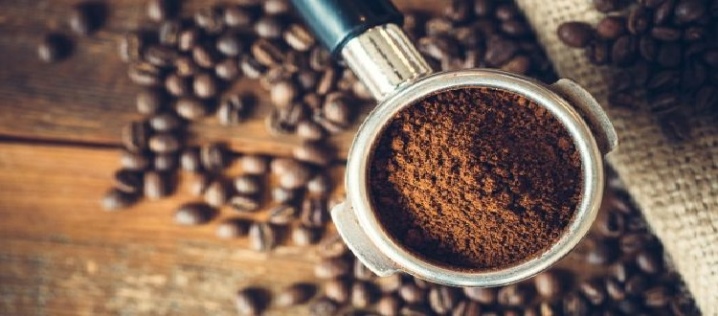
How is it useful?
Coffee grounds are a fertilizer suitable for feeding garden and indoor vegetation. The potassium and magnesium present in its composition nourish green spaces, enriching them with useful substances. The benefits of waste from such a popular drink are endless. Sleep coffee can be used as mulch, fertilize the soil with it and even water the plants with the dissolved coffee mass.
A survey was conducted among the public, and it turned out that a person drinks about 400-500 cups of coffee annually. For each serving of this invigorating drink, 1 tsp is allocated. coffee. Accordingly, in a year, a person simply throws about 4-5 kilograms of useful ground into a landfill. But this amount is quite enough to enrich indoor plants with useful substances and even feed a whole garden.

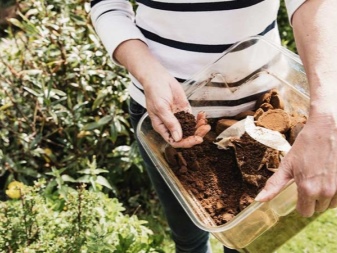
Before heat treatment, 100 g of ground coffee contains a huge amount of various substances and trace elements that give a person a boost of vivacity. Namely: potassium, magnesium, iron, phosphorus and various vitamins. And after heat treatment, only macronutrients, such as nitrogen, phosphorus and potassium, remain in the coffee grounds.
Phosphorus and potassium are almost immediately absorbed by the plant during fertilization. The situation with nitrogen is somewhat more complicated. Only a small amount is consumed by the plant at once. The rest is released after soil enrichment.
This process does not occur immediately and takes a relatively long period of time. But this turns out to be enough for the plant to make up for the nitrogen deficiency in dosage.
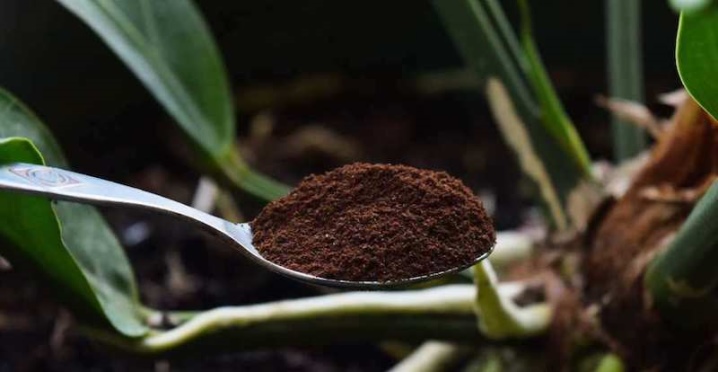
For which plants is it suitable?
Agronomists have achieved good results by using coffee residues as a fertilizer for fruit and berry plants. Experts have found that after regular feeding of garden rose bushes and begonias, the development of these flowers became harmonious and in line with generally accepted standards. Lilies and plants of the Fern family are very supportive of drunk coffee. From garden crops, coffee cake came to the liking of carrots, tomatoes, peppers, radishes, turnips and radishes. Representatives of the legume family also love this top dressing.
The very specific smell of coffee beans repels pests such as fruit gnats... However, gardeners should remember that the persistent scent of the natural supplement attracts earthworms. They are activated where the coffee mass is located, begin to actively loosen the soil and build underground passages. But this only improves the condition of the soil. Accordingly, the plant becomes stronger and stronger.
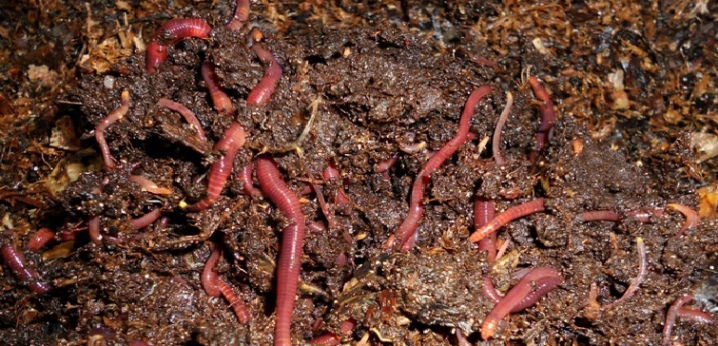
It is extremely rare and yet coffee cake can affect the color of the buds of, for example, azaleas. Instead of the usual pink hue, bright turquoise flowers appear. However, experienced gardeners have found a solution to this issue. It is enough to water the flowers with water infused with coffee pomace. It is also known that dormant coffee is a stimulant and activator of the growth of acidophilic plants.
Similarly, the coffee dressing works on berry crops such as cranberries, blueberries, and blueberries. Perennials, which include primrose fern and gravilat, are highly susceptible to drinking coffee.
But the most important thing is that hydrangeas growing in the garden, tomatoes ripening in the garden, conifers growing nearby will only be happy with the soil composition acidified with coffee waste.
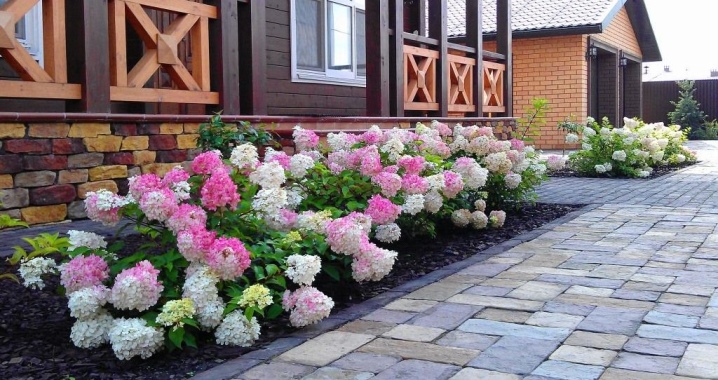
How to use?
Some people think that the husk of the grains is harmful to human health, and even more so to flowers. Accordingly, flowering plantings cannot be fertilized with coffee waste. But this statement does not have any evidence. The dormant coffee mass can be used as fertilizer in the country, in the garden and even in the greenhouse.
Experienced gardeners use it for mulching, acidifying the soil and improving its structure. The coffee mass plays the role of an effective leavening agent. This fact is especially important when growing indoor flowers. Even when transplanting home flowers, dormant coffee should be 1 of the drainage layers.

Also, the coffee mass is used to create compost, which is subsequently used in the cultivation of flower plantations, vegetables and mushrooms. To prepare it, 50% of coffee waste, 30% of straw and 20% of vermicompost must be sent to the pit. If necessary, add paper, cardboard or bone meal.
After combining all the ingredients, the mixture is thoroughly mixed, sprinkled with soil, and poured over with water.
Then you need to make several holes in the thickening slurry. And after a month, the compost can be used for its intended purpose.
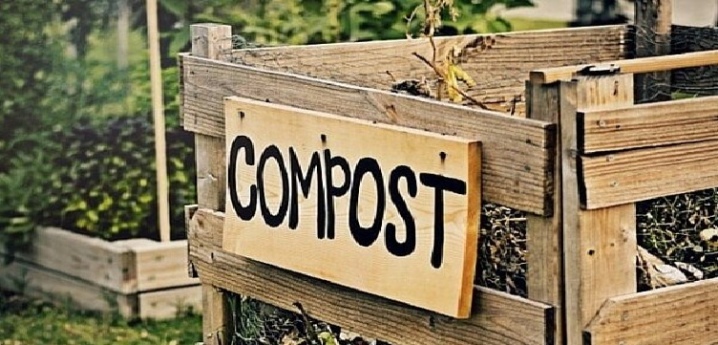
Coffee waste not only repels pests, but also helps get rid of annoying ants and snails. Ants, by their very nature, cannot stand the persistent coffee smell. This nuance is very important when it comes to greenhouses. It is enough to lightly sprinkle coffee cake at the entrance to the anthill. Within a few hours, these creatures will leave their home and no longer bother the gardener. A similar system can be used to get rid of snails. It is enough just to sprinkle coffee grounds on the soil next to them.
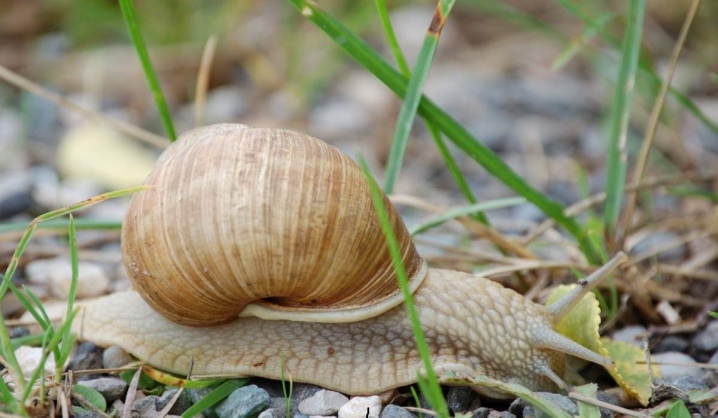
Pets are another huge problem for gardeners and gardeners. Cats strive to use the garden soil as a toilet. To resolve this issue, it is proposed to use orange peels and drunk coffee pomace. It is enough to scatter these components on the ground. The combination of these odors scares cats away. The main thing is that the use of this method does not harm the plants.
As mentioned earlier, drunk coffee is a nitrogen source. Accordingly, the cake should be used as a universal fertilizer and feeding for various crops.
The most important distinguishing feature of coffee grounds is its environmentally friendly composition.

When creating a flower bed and replanting flowers, it is necessary to add a small amount of dried waste from the coffee machine to the soil composition. And in order to avoid baking the soil, you will need to mulch the planted plants in the trunk area.
When transplanting vegetable seedlings such as tomatoes and cucumbers, add small handfuls of mixed coffee grounds and soil to the created holes. And already plant seedlings on top. Considering coffee cake as a top dressing for horticultural crops, it is necessary to remember that the most convenient method of using this fertilizer is to mix coffee waste with water.
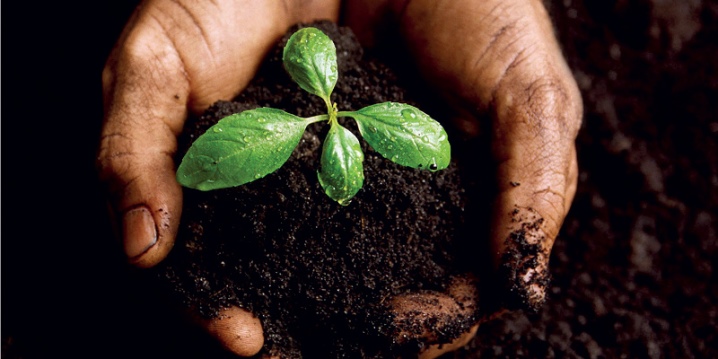
For indoor plants
Caring for home flowers is not an easy task, but if you know some tricks, then even an amateur florist can cope with any difficult situations. A connoisseur of potted plants should remember that the best fertilizer and top dressing are formulations with natural elements, not chemical compounds. Feeding indoor flowers does not require special knowledge, especially when kitchen waste is used.
Sleeping coffee is laid out on the bottom of the pot, thereby playing the role of a kind of drainage. Its main task is to retain moisture and protect the plant root system. Then the substrate is laid out.
It must be loosened and regularly watered with settled water, otherwise the coffee grounds will create a dense film and become an obstacle to the movement of nutrients.
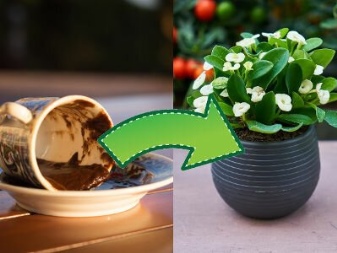
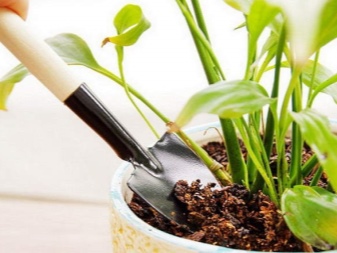
The amount of coffee grounds that is placed in a flower pot depends on the volume of the container. It can be 1 tsp. or 2 tbsp. l. When fertilizing indoor flowers, it is not recommended to use wet grounds. An excess of the aquatic environment provokes the formation of mold. Bulbous plants respond positively to coffee fertilizers. They extract maximum nitrogen from top dressing, which has a positive effect on their rapid development.
But the charming rhododendrons are quite often attacked by root weevils. To protect them, it is necessary to spray the flowering bushes with coffee solution.
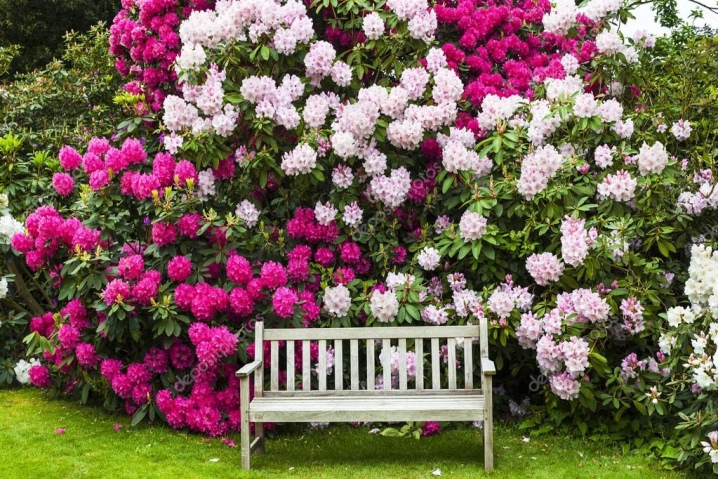
Roses, lilies and begonias are very supportive of coffee dressing. These flowers should be sprayed with diluted coffee pomace to protect them from midges and other insects.
Often, indoor plant lovers do not stop at growing flowers in pots and create whole flower beds on the balconies. To form them, it is necessary to prepare a special coffee mixture. Namely - mix a glass of dry cake with a bucket of fertile substrate. Then distribute the mixture over the flower bed. To nourish the bushes with useful minerals, you should use dried sleeping coffee. It must be laid out around the flower planting and lightly sprinkled with earth. In the process of watering, useful substances of biological feeding penetrate into the soil composition, thereby enriching the plants.

In the garden
In addition to fertilizing home flowers, coffee cake is used as a top dressing for garden plants. Moreover, gardeners begin to fertilize future vegetables from the seedlings themselves. A mixture of substrate mixed with dry coffee pomace is poured into temporary containers. In such a soil mixture, seedlings grow very strong and hardy.
The coffee substance can also be scattered around rooted seedlings. This nuance favors an increase in nitrogen in the fertile soil layer after irrigation.
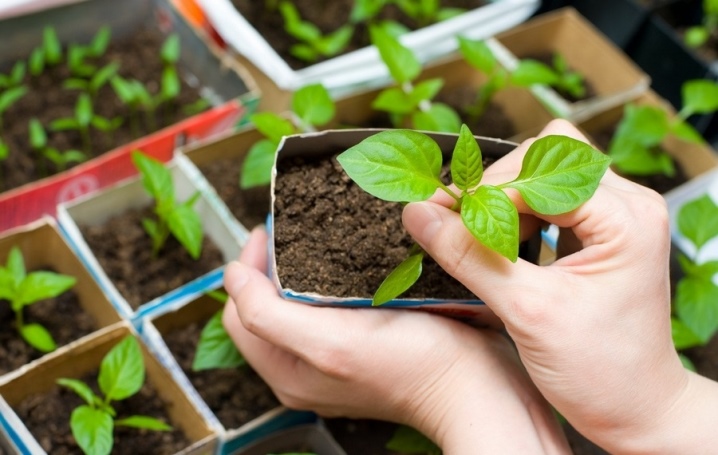
When fertilizing garden crops, it is allowed to add coffee mass to the soil composition to a depth of not more than 4 mm. Thanks to this method, post-irrigation moisture is retained and oxygen is provided to the inner layers of the soil.
Besides, dried coffee waste can be diluted with water, and then irrigated with the prepared liquid green plantings. Sleeping coffee improves the mechanical characteristics of the soil, which is very important in clay and loamy soils. When using coffee pomace on sandstone, acidity decreases, which has a very beneficial effect on the quality of the soil.
Agronomists who constantly practice coffee fertilization have noticed that the amount of weeds on the site is constantly decreasing.
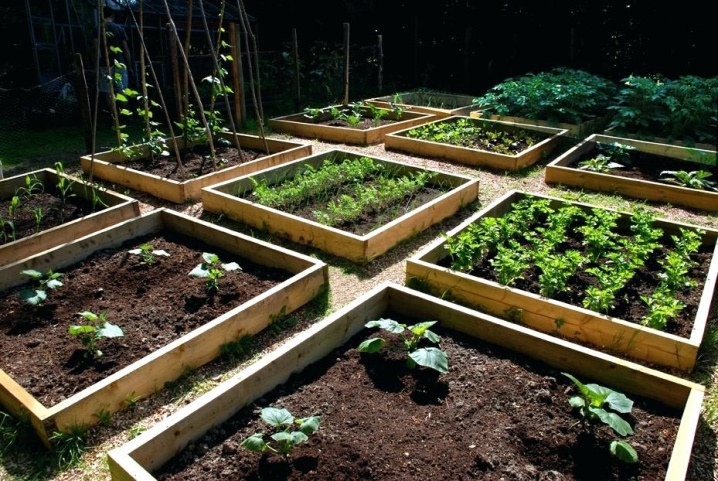
Useful Tips
Experienced gardeners, gardeners and flower growers have tried out many interesting ways of using coffee grounds as fertilizer and feeding green plantings in practice and are ready to share some practical tips.
- It is much easier and easier to scatter the coffee cake on the surface of the beds or spread it around the holes with the planted plants. This fertilization method can be applied throughout the season.The main thing is not to forget to water the soil abundantly after adding coffee cake in order to speed up the process of feeding the soil composition.
- On small plots of land, it is best to use the mulching method. The main thing is that the mulch layer is shallow. Otherwise, the scorching rays of the sun will cause the coffee grounds to bake and form a dense film.
- Coffee grounds are an actual top dressing when planting garden plants. This is especially true for tomatoes. Sleep coffee is buried around the circumference of the seedlings, or a small handful is added to the hole itself. In the latter case, it is necessary to mix the coffee mass with herbal mulch.
- Coffee waste is the ideal drainage layer for all plants.
- The rest of the coffee drink can be diluted with plain water, then use the plant watering solution.
- The coffee grounds can be used in the garden. It should be scattered directly around trees and bushes, then lightly sprayed with water.
- Proper fertilization of indoor plants involves mixing the grounds with soil from a flower pot. If the flower does not get direct sunlight, the harvested thick can be distributed on the surface of the substrate, which contributes to an even ingress of moisture and prevents the soil from drying out.

The use of coffee as fertilizer is described in the following video.













The comment was sent successfully.